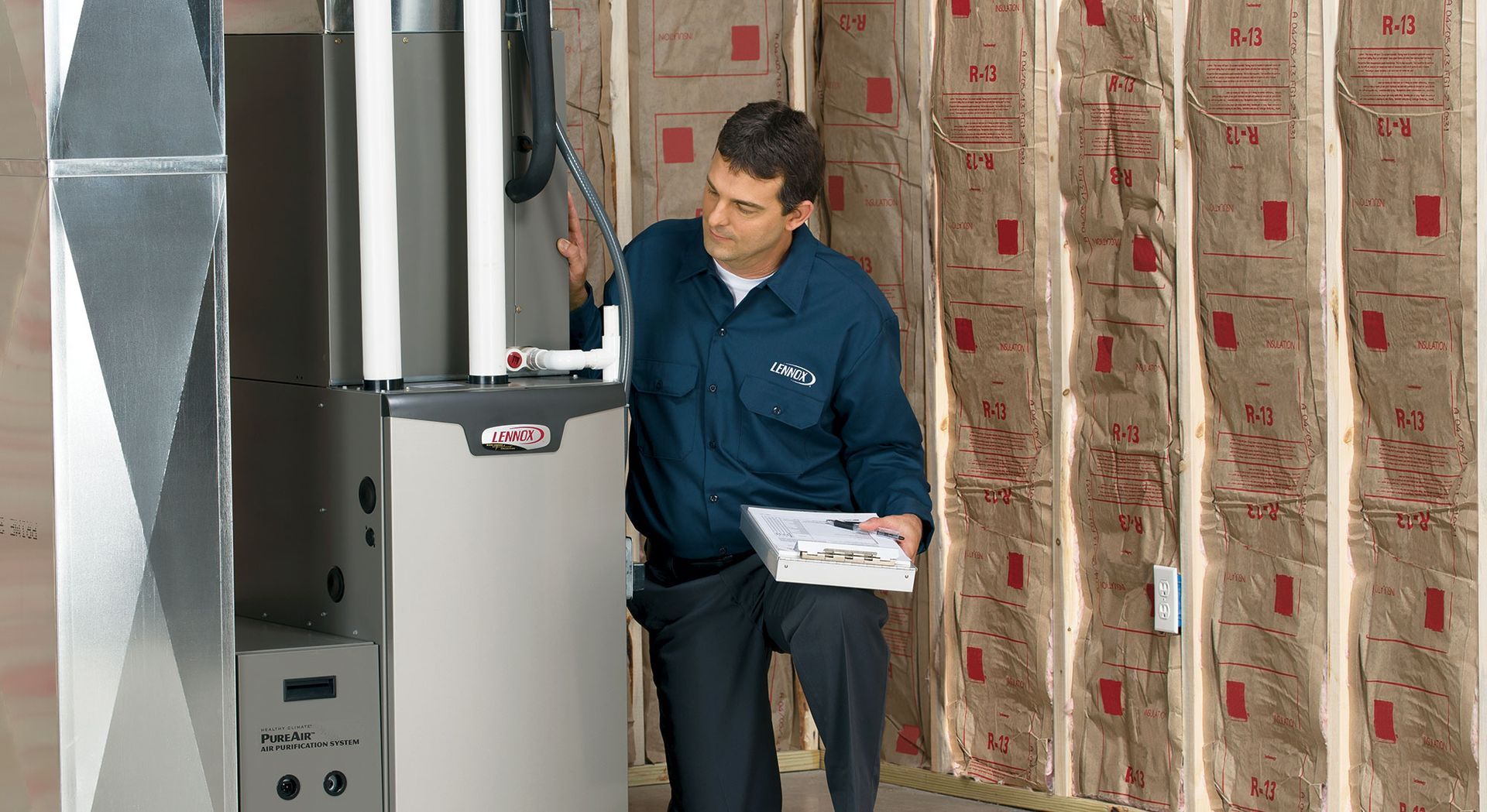Lennox iHarmony Zone Systems in Carrollton GA
Installing a new HVAC system is one of the most significant home upgrades you can make. Yet many people struggle when trying to determine the best model to meet their needs. If you would like to learn more about one of the very best heating and cooling systems for any home, read on. This article will discuss three of the many benefits presented by a Lennox iHarmony Zone System.
Increased Comfort
The beauty of a Lennox iHarmony system is that it allows you to create different zones within your home. Each of these zones can then be controlled independently of the others thanks to the integration of special motorized dampers inside of your ducts. That way you can ensure that heating and cooling needs are ideally balanced across your entire home, thus offsetting the common and frustrating phenomenon of rooms that never seem to get to the right temperature.
Significant Energy Savings
A Lennox iHarmony Zone System benefits more than just your comfort. It also allows you to increase your heating and cooling efficiency, thus lowering your overall energy use–and your energy bill. A zoned system does this by allowing you to reduce the flow of conditioned air to rooms that are not in use. When utilized along with a programmable thermostat, a Lennox system can reduce your overall energy use by up to 35%.
Smartphone Compatible
The Lennox iHarmony Zone System also offers incredible benefits when it comes to functionality. That’s because, in addition to the thermostat itself, you can optimize and control your system using your smartphone, tablet, or computer. That makes dialing up the ideal setting easier than ever.
Contact your Lennox Experts – Maxwell HVAC
For more information about how you can benefit from the installation of a Lennox iHarmony Zone System, please contact the experts at Maxwell Heating & Cooling.
The post 3 Benefits Of A Lennox iHarmony Zone System appeared first on Maxwell Heating & Cooling.




